There are few places on the West Coast that have impacted our planet as much as the California Academy of Sciences in Golden Gate Park. While the museum has been in this location since 1916, it opened in 1853, just three years after California became a state, with an impressive array of flora, fauna and artifacts that attracted visitors from far and wide. However, when the Great Quake of 1906 struck the city, the Academy’s home — all but a handful of its collection — were lost.
As luck would have it, however, a two-year expedition had just concluded and the schooner, named “Academy” full of specimens from the Galapagos Islands, waited for the fires to burn out and arrived safely. This precious cargo became the nucleus of the institution’s new scientific collection which is now 46-million strong and is considered one of the largest on Earth.
Feature image: “Kitty,” a California saber-toothed cat (Smilodon Californicus) fossil.
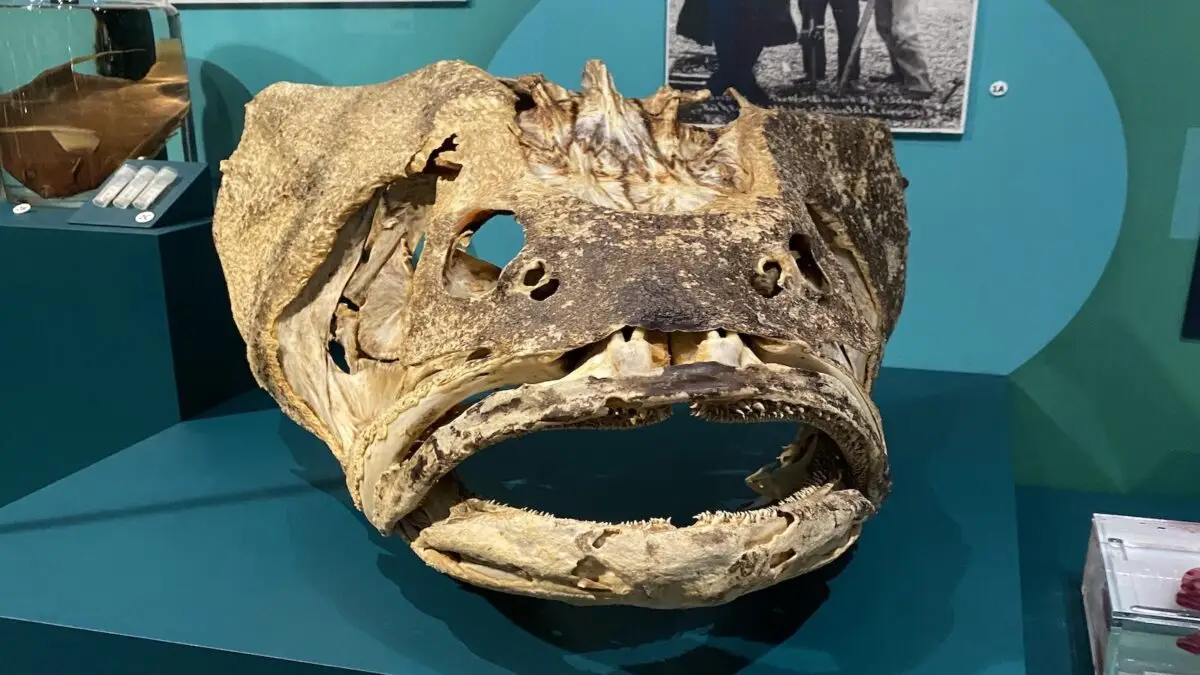
Today, this state-of-the art facility boasts a living roof, four-story butterfly garden and countless dazzling exhibits. While the existing collection draws crowds from around the planet, there are two new exhibits that are sure to inspire and awe. For instance, did you know that bees kill their enemies by slowly heating up the air around them and cooking them? Visitors will have a chance to learn some of nature’s truth-is-stranger-than-fiction best fun facts.
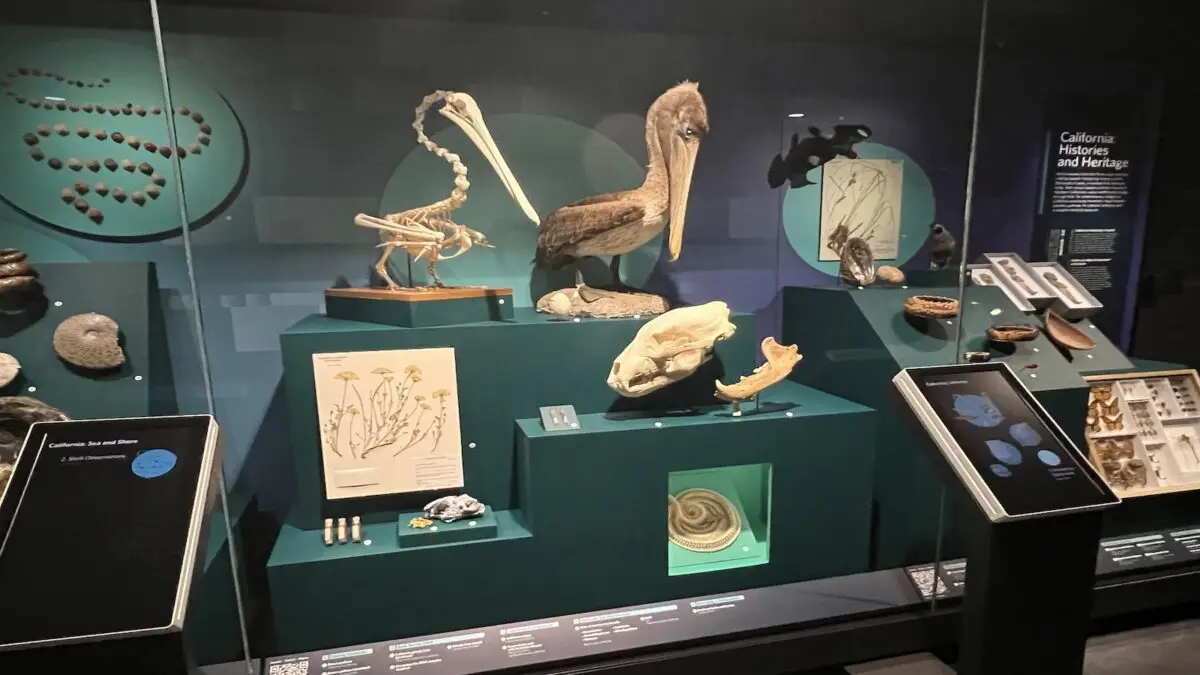
The Pauline and Tom Tusher Collections Gallery is a climate controlled, light sensitive 1,650-square foot exhibit was specially designed to house rare specimens for public viewing, that would otherwise be vulnerable to degradation without this special protection. In other words, bring a sweater and when you arrive, you’ll have to wait a moment for your eyes to adjust, but once they do — there’s lots to enjoy. Here are some the highlights:
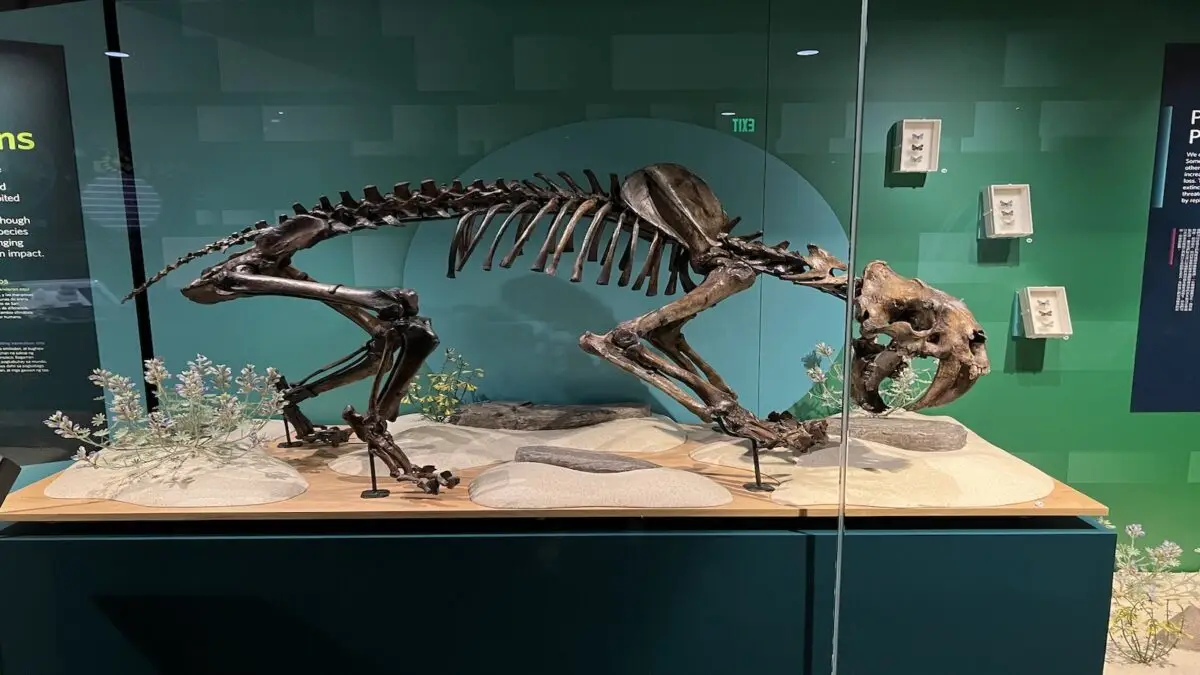
Smilodon fatalis: Dr. Shannon Bennett, the Academy’s chief of science, says this fossilized saber-tooth tiger from the La Brea tar pits is her favorite specimen in Hidden Wonders. “It highlights that scientists find humor in how they name things, and the name smilodon fatalis points to, “it’s going to smile at you… and then eat you.”
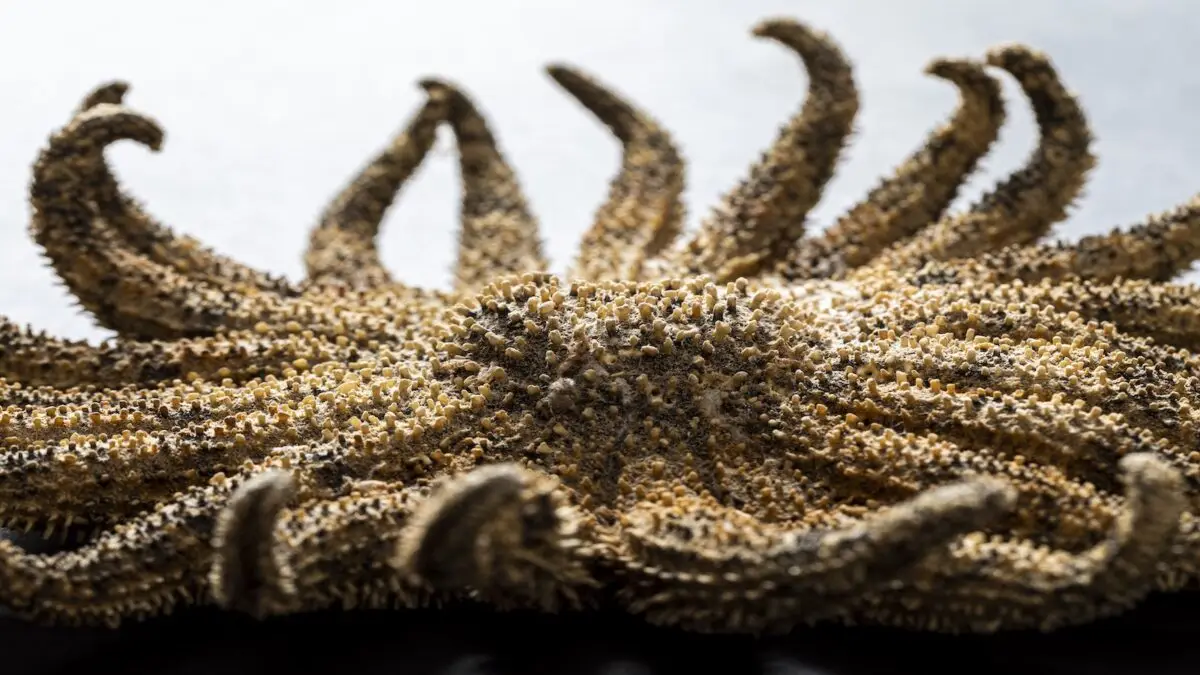
24-rayed sunstar, Heliaster solaris – This sea star was collected during the Academy’s 1905-1906 Galápagos expedition. Following strong El Niño weather events in the 1980s, the species vanished from the Galápagos. There is a 3-D printed model of the sun star in the exhibit.
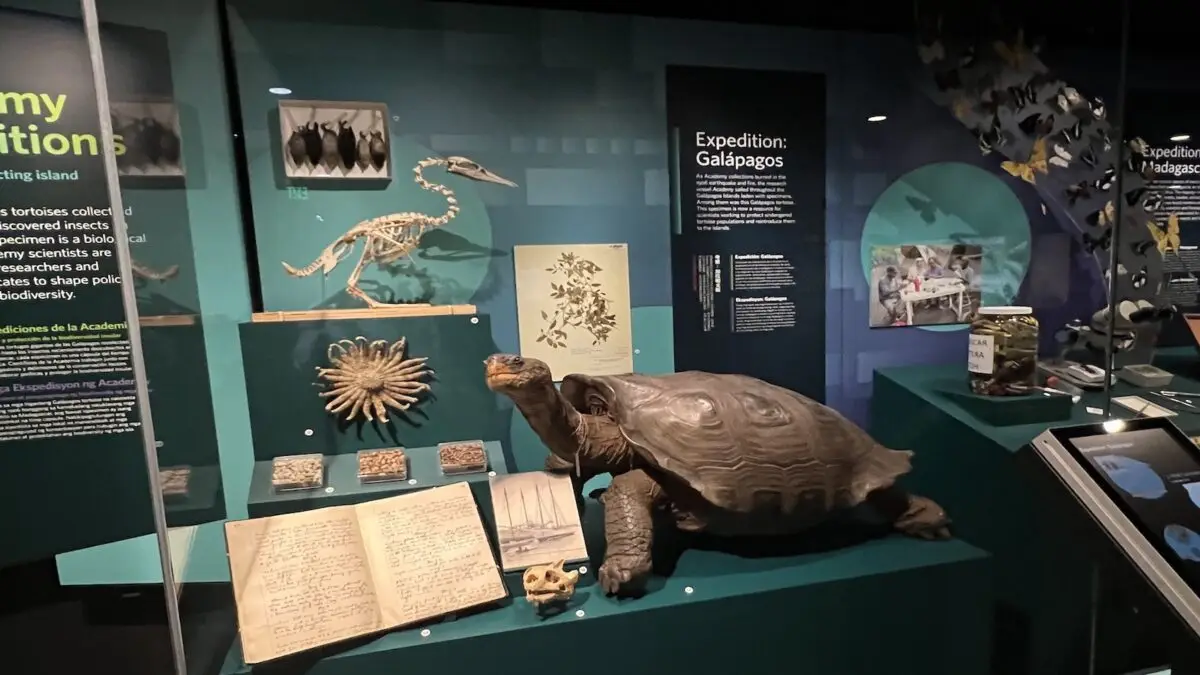
Galápagos Giant Tortoise — These expertly preserved tortoises, which were aboard the Academy on its way back to San Francisco in 1906, recently played a critical role in determining a new tortoise breed in the Galápagos when their old DNA was compared to the genetic material of the newly found tortoise breed. This shocked the scientific community as only one breed of tortoise, the Chelonoidis chathamensis, was ever thought to exist.
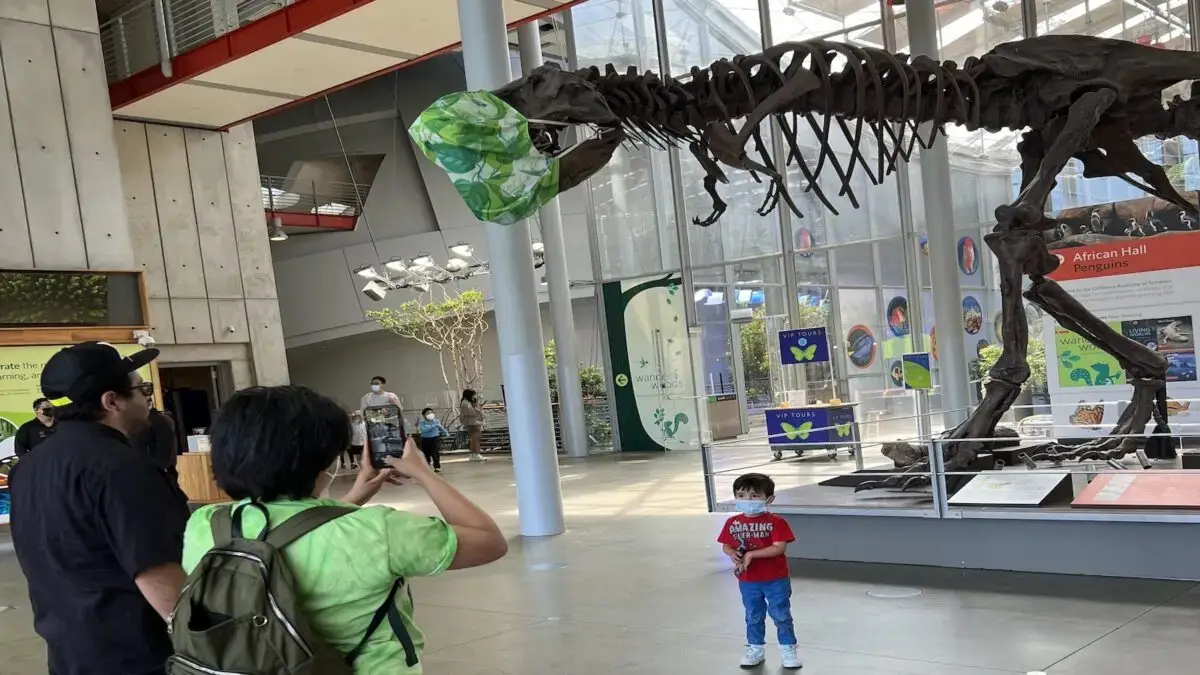
And another hightlight — you! Did you know that when you breathe you release water in your breath? Of course you did, because you know about science. The architects who created this room had to take into account that hundred of breathing humans will be walking through the room, and if they don’t create a filtration system, these precious curiosities would be ruined over time.
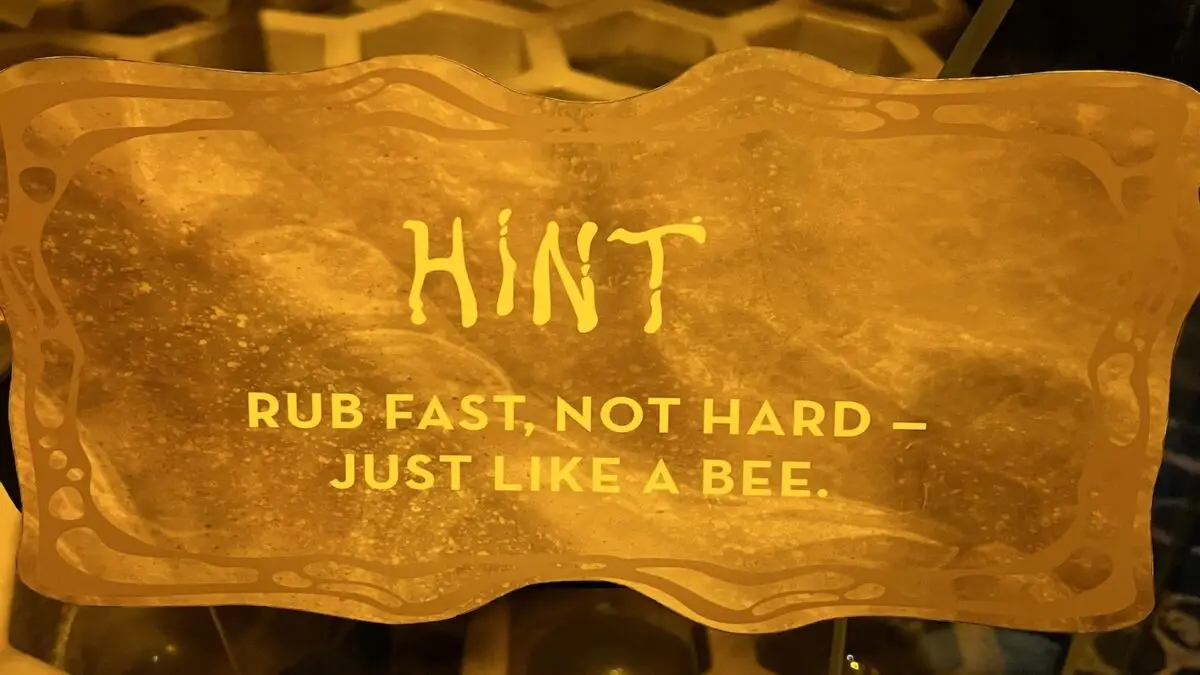
Bugs boasts ultra-detailed, larger-than-life models, video, hands-on activities, scientific specimens, and immersive experiences that enable visitors to glimpse the world from a bug’s eye. Bugs is created by the internationally renowned Te Papa Tongarewa Museum of New Zealand and Weta Workshop, whose outside-the-box creative designs helped bring the Lord of the Rings, Avatar, The Hobbit and Blade Runner to life on the silver screen.
Brightly colored, intricately designed large scale models and species-themed immersive chambers transport you into the fantastical world of bugs to explore the evolutionary genius of species adaptations. Look for:

- The beautiful but deadly orchid mantis, which uses its deceptive display to lure prey.
- A huge, hypnotic zoetrope with 3-D printed models that shows the precision flight of dragonflies.
- A flying paper bugs station where you can test different wing shapes in a wind tunnel.
- Stories about two oversized bugs with special significance to the Māori Indigenous people of New Zealand: the pūriri moth — New Zealand’s largest flying bug, and the giant wētā, thought to be the offspring of Punga, god of ugly things.
- The daily Arthropod Opera in the East Garden, a musical puppet show that shares how insects and arachnids help ecosystems around the world.
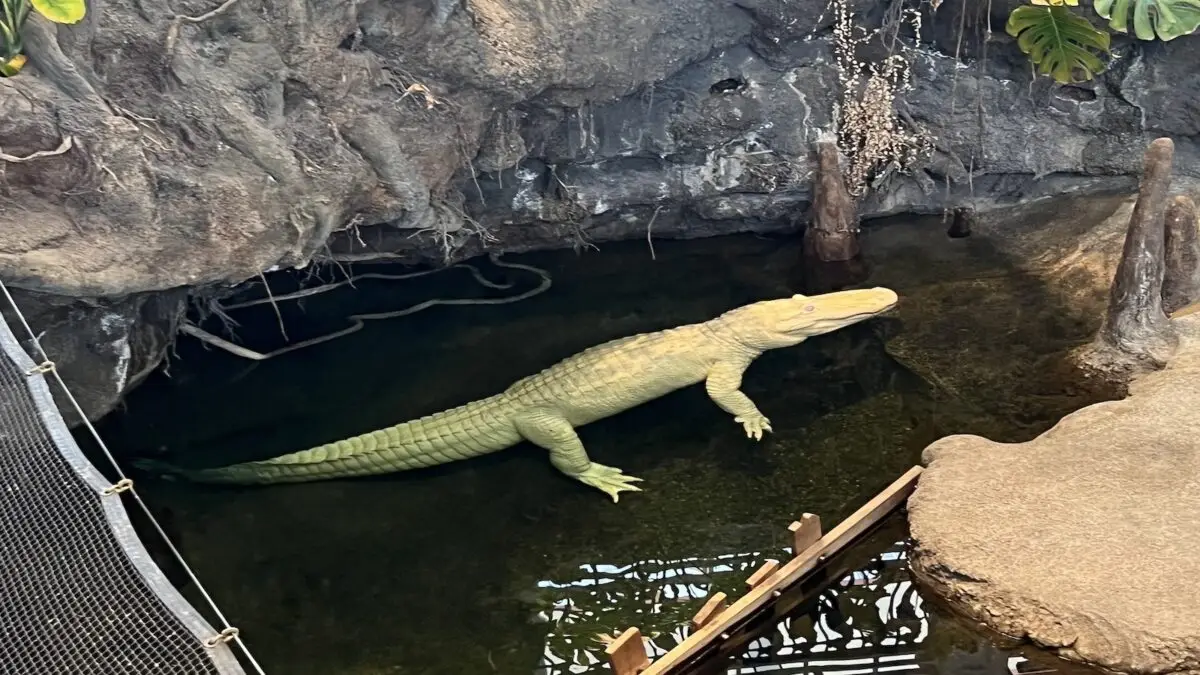
Check out some video of all the action here, and be sure to say goodbye to Claude on your way out.
Looking for more things to do in the area?
Visit our What to Do in Northern California page!
It’s easy to imagine this is The Beatles in real life. RAIN has mastered every song, gesture, and nuance of the legendary foursome. Get back to where you once belonged for one night only.
More info: broadwaysf.com




